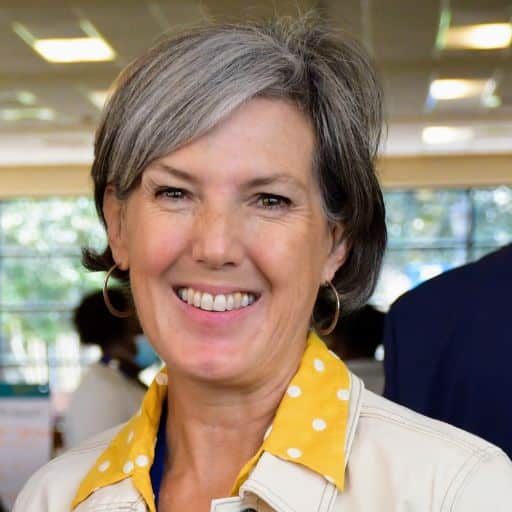‘Minding Bodies’: An Interview with Susan Hrach

Susan Hrach

James M. Lang

Some of my best teaching experiences occurred when I helped lead trips abroad for students at my institution: six sojourns to Ireland for the English Department, and once with a service organisation serving the poor in Guayaquil, Ecuador. In those experiences, my eyes were widened by the power of full–body learning. Yes, we heard lectures and visited museums, but we also ate the local food, walked city streets, and adjusted our bodies to the weather and the time changes. I still remember those trips as deep learning experiences not only for my students but for me. As you’ll see below, Susan Hrach had a similar perspective on her travel experiences with students. Her reflections on the power of full–body learning eventually led to her book Minding Bodies: How Physical Space, Sensation, and Movement Affect Learning. Although her inspiration came from traveling and learning, her ideas and strategies can—and should—find an equally welcome home on our campuses and classrooms.
James M. Lang, Ph.D.

The interview
1. What got you interested in the relationship between bodies and learning?
Bodies and learning were connected for me through travel, specifically teaching early periods of literature as short-term study abroad courses in England and Italy. The immersive historical environments made the material so relevant and exciting and motivated me to find ways to close the gap between the experiences of study abroad students and on-campus students. I thought it must have to do with sensory learning, and I started reading about this subfield of neuroscience known as embodied cognition. It’s fascinating work and reaches into other areas that interest me: health and wellbeing, design, and architecture.
2. What research did you draw upon in order to make your case for minding bodies in the classroom and on campus? Were there certain thinkers who were especially important for your work?
My reading ranged widely, from cognitive psychology to phenomenology to kinesiology to biophilic design; I like interdisciplinary work and big-picture thinking, which can lead to surprising implications for revising our beliefs and behaviors. I’ve read about the evils of the chair, the ways we are hardwired to respond to nature, and how important it is to remain curious as we age. I’m persuaded that learning on campus needs to get back in tune with the ways humans were built to learn and thrive. I highly recommend Guy Claxton’s Intelligence in the Flesh and Sian Beilock’s How the Body Knows Its Mind.
3. Can you give readers three teaching strategies that they could use their classrooms this week?
- “Green” your learning spaces: raise the blinds! Open the windows if you can. Natural light and fresh air affect alertness and mood.
- Get everyone moving: even those who exercise can’t overcome the effects of a mostly sedentary day. Give students chances to stand, sit on the floor, perch, circulate around the room, or go for a 10-minute walk-and-talk session outside.
- Slow down. Give students time to explore sensory objects relevant to your material before proceeding to discuss abstract concepts. Ask them about what concrete details they notice. Things that they can touch are especially useful, or you might look closely at images or short texts or listen to an excerpt of a podcast or a piece of music, or taste/smell something relevant.
4. What cautions might you give to readers about the potential challenges of body-minding teaching?
Believe in your students’ fundamental capacity and need to move as they learn. They may have been raised in a sedentary society and an industrial-era school culture that believed that sitting still and listening meant being a good student. But this is not how humans are built to learn. Students need chances to notice, to imitate, and to practice in an immersive and embodied way, and I mean that to be inclusive of all students. To gain the biggest benefit from school, students need to interact with a variety of other people and with physical objects relevant to the material, to circulate around the space – and leave it sometimes to go and learn in other places. It’s messy and we don’t need to control every minute.
5. How can readers connect with you and learn more about your work? Are you available for in-person and virtual workshops?
I’m at Carleton University in Ottawa this year as a Fulbright Canada Research Chair, and I’d love to hear from readers about their own ideas or strategies for embodied learning. I can offer either in-person or virtual workshops; you can contact me via Twitter @SusanHrach or through my website: SusanHrach.com


